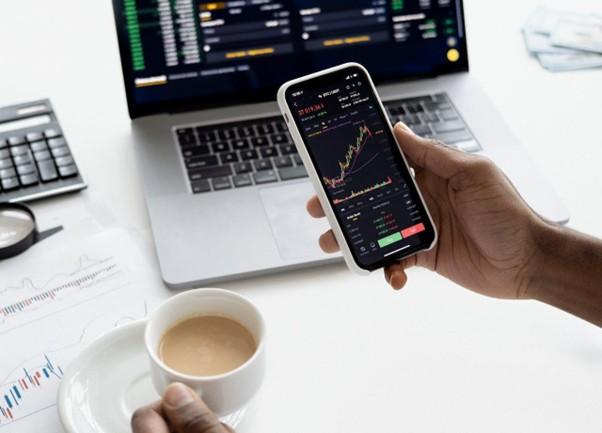The biggest challenge in forex trading is making consistent profits from the market. Forex traders may need to rely on backtesting to develop a strategy that works. A typical backtesting process involves analyzing historical price movements and testing trading plans to see how well a strategy performs when taking a trade. There are two approaches to backtesting. The first is to go with a manual process, while the second is to utilize an automation approach. Manual backtesting is more complicated, but automatic backtesting is popular for most forex traders.
Step-by-step Guide to Backtest Your Trading Strategy on Metatrader 4
MT4 trading requires various time ranges for accurate backtesting. Forex traders that work with the 1hr, 4hr, or daily charts don’t necessarily need a 20-year backlog of data; 1 to 2 years works well. Traders that trade the 1-minute, 5-minute, and 15-minute or are mostly into scalping can work with 1 to 3 months of data. After securing access to historical market data, here are the next steps to take:
1. Define Your Trading Strategy.
Your strategy should have criteria for entry and exit. Be exact about what triggers an entry or an exit and how you plan to manage risks in a trade. Use features such as stop-loss, stop-limit, and take-profit wisely. During this phase, avoid trading outside of your rules to gauge the profitability of your trades accurately.
2. Set Up the Strategy Tester in the MT4 Trading Platform.
MT4 provides a backtesting tool called the ‘Strategy Tester.’ Forex traders can backtest expert advisors using the tool. The Strategy Tester is helpful for automatic backtesting, so if you prefer the manual approach, you have to enact your strategy directly on the charts.
However, for an automatic approach, enable the strategy tester feature by navigating to the View menu at the top right of the screen and selecting the feature. MT4 doesn’t fully offer price history, so you have to download the data from external sources like Yahoo Finance.
You can import it to your MT4 trading environment using the Tools menu. In the Tools section, select History Center and select the symbol you want to backtest to import the data into your system.
3. Load the Historical Data and Choose an Expert Advisor.
You’ll see different buttons and drop-down menus for various elements when you open the Strategy Tester window. The historical data might take some time to load, but once it does, you’ll be able to visualize it on a chart.
Next, choose an expert advisor and MT4 backtesting indicators. The most popular backtesting technical indicators include the Exponential Moving Average, Moving Average Convergence Divergence, Bollinger Bands, and Relative Strength Index. You can create your expert advisor and custom indicators that work for you.
4. Select Currency Pairs, Time Frames, and Testing Models.
MetaTrader 4 is limited to forex trading, so you’re left to backtest on currency pairs. Choose your preferred trading symbol in the drop-down menu from the Market Watch Window.
Next, select the time frame and backtesting model you prefer. There are seven different time frames, from 1 minute to 1 day. It also has three major testing models: Every Tick, Control Points, and Open Prices.
Every Tick is largely agreed to be the most accurate model due to its ability to simulate every price movement or tick in a candlestick. The Control Points model is faster than Every Tick but less accurate. Its uniqueness lies in using control points instead of ticks in a candlestick. The last model, Open Prices, is the least accurate but the fastest. Open Prices relies on the opening price of a bar to simulate price movement.
5. Choose the Spread Option and Decide Initial Deposit To Start Back-Testing.

You have different spread options from 2 to 100 pips and a chance to choose the “Current” option. It’s advisable to select the current option for the highest trading accuracy. Next, decide what the initial deposit is and configure all the details of your position.
The final step is to click the Start button to start the backtesting process. The results will appear in the Results tab on the Tester window. The time it takes for the results to return depends on the amount of data you’re working with and your computing power.
The results will feature the net profit, loss, the total number of positions, and their outcomes. The overall information will highlight whether the trading strategy worked in the past and its potential to generate repetitive results in the future. You can optimize the testing differently by switching parameters to enhance the strategy and get better results.
From Backtesting to Live Trading
After backtesting your strategy on an asset and determining that it works, you can use it for real trades. But remember that market conditions and other factors can influence price change, so you have to adjust your strategy and backtest it once it no longer serves you. While it’s tempting to backtest multiple currency pairs at once, it’s advisable to stick to 1 to 2 pairs at most for better results.









